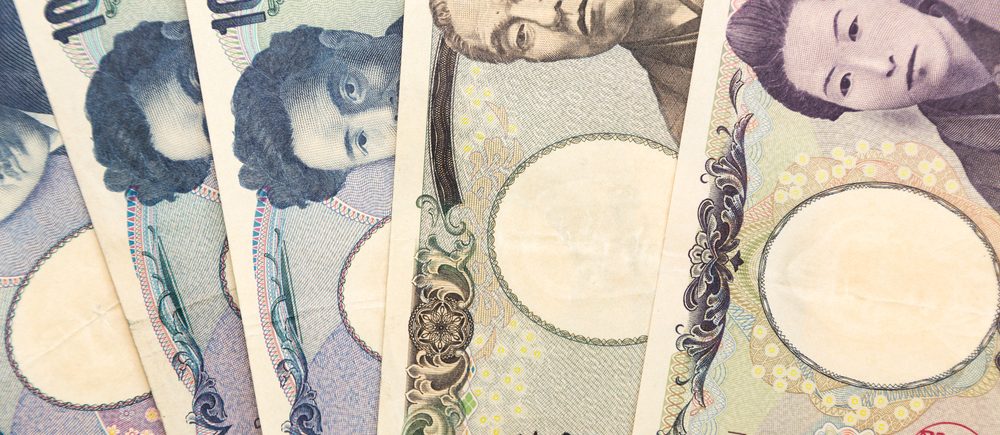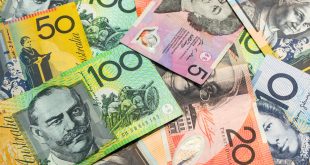On Monday, market dynamics suggest a potential rally in the USD/JPY pair. Throughout May, the US dollar exhibited weakness, while risk sentiment strengthened due to expectations of monetary policy easing by the Federal Reserve. Despite this trend, markets are seeking a new catalyst, aside from economic data, to drive significant movements.
This week, markets anticipate weak figures for existing home sales and durable goods orders, aligning with the general consensus. Additionally, the S&P PMI PMIs scheduled for release on Thursday are expected to be weak and considered less relevant compared to other PMI surveys.
Federal Reserve Insights
The minutes from the May 1 Federal Open Market Committee (FOMC) meeting are anticipated to be revealing. The May meeting did not satisfy hawkish expectations, and since then, members like Neel Kashkari have suggested the possibility of another rate hike if necessary. The focal point of the minutes will likely be the committee’s rationale for maintaining an optimistic view on disinflation. This insight could shape the relationship between future data and monetary policy.
Unless the minutes hint at unexpected interest rate hikes or a very pessimistic stance within the committee, the immediate effects on the FX market may be minimal. A period of low volatility and a “wait and see” approach is expected until the release of the core PCE price index on May 31. The US dollar exchange rate is projected to stabilize between 104 and 105 this week, with a slight upward tendency as the market could continue to reverse the rise witnessed by pro-cyclical currencies following the CPI release.
Geopolitical Factors
Additional upward pressure on the US dollar could stem from tightening in the oil market following the death of Iranian President Ebrahim Raisi in a helicopter accident and health concerns related to Saudi King Salman bin Abdulaziz. However, the impact of these Middle Eastern events on the market has been limited so far.
Yen Performance and Market Sentiment
In a low-volatility environment, the yen typically underperforms as yen-financed interest trades are popular. Current short positions on the Japanese yen, representing 42% of open interest according to CFTC data, illustrate this trend. This concentration has decreased from 54% in the previous month. Market uncertainties regarding the sustainability of Japan’s interventions in the FX market may make predicting the USD/JPY peak challenging. A return to the 156.50 area, seen before the US CPI data, is considered likely during the week. If the expected slowdown in Japanese inflation for April is confirmed on Friday, it could lead to a further rally in the USD/JPY.
Key Factors to Watch
- Economic Data Releases:
- Existing Home Sales and Durable Goods Orders: Weak figures anticipated.
- S&P PMI PMIs: Expected to be weak and less influential.
- FOMC Minutes:
- Insight into the committee’s rationale for maintaining an optimistic view on disinflation.
- Potential impact on market expectations regarding interest rates.
- Geopolitical Events:
- Iranian President’s death and Saudi King’s health concerns.
- Limited immediate market impact, but potential for future influence.
- Market Sentiment and Positioning:
- Low volatility environment favoring yen underperformance.
- Short positions on the yen showing a decrease but still significant.
- Japanese Economic Data:
- April inflation data expected to show a slowdown, which could influence the USD/JPY pair.
Outlook for USD/JPY
Given the current market dynamics and the factors outlined, the USD/JPY pair is poised for a potential rally. The combination of anticipated weak U.S. economic data, insights from the FOMC minutes, and geopolitical uncertainties could drive the pair higher. The market’s focus on the core PCE price index and Japanese inflation data will also play crucial roles in determining the pair’s direction.
In summary, while the US dollar shows signs of stabilization, the yen’s performance and broader market sentiment will be key determinants in the USD/JPY’s trajectory. A move towards the 156.50 level is plausible, especially if Japanese inflation data confirms a slowdown, supporting further yen weakness and dollar strength.
 Noor Trends News, Technical Analysis, Educational Tools and Recommendations
Noor Trends News, Technical Analysis, Educational Tools and Recommendations





